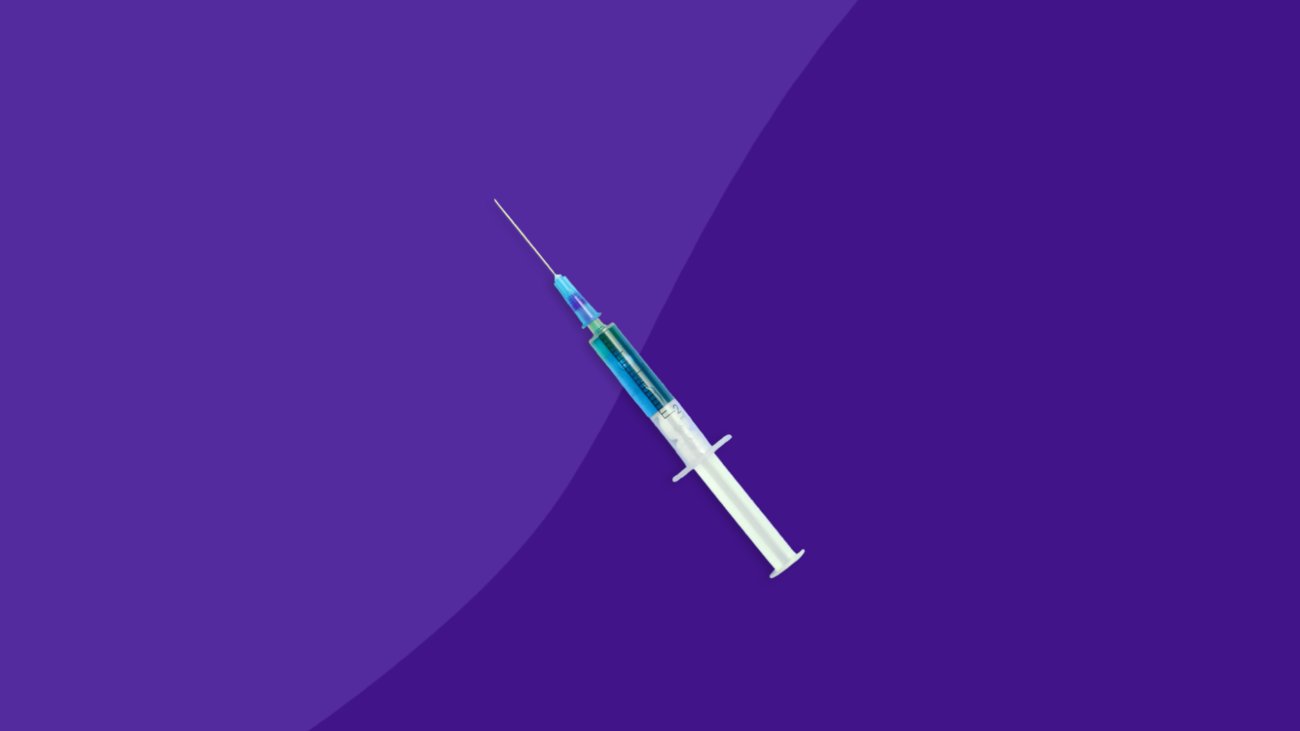If you’re considering or currently using Trulicity for managing type 2 diabetes, it’s important to be informed about Trulicity side effects. While Trulicity helps control blood sugar levels, like all medications, it can come with certain risks. In this article, we’ll break down the potential side effects of Trulicity, both common and rare, so you can make an informed decision.
Understanding Trulicity and How It Works
Before diving into Trulicity side effects, it’s essential to understand how this medication works. Trulicity (dulaglutide) is a once-weekly injection used to manage blood sugar in adults with type 2 diabetes. It mimics the hormone GLP-1, which helps your body release insulin after eating. While effective in controlling glucose, it’s crucial to weigh the benefits against the potential risks.
Common Trulicity Side Effects
Like any medication, Trulicity side effects can vary from person to person. Some of the more common side effects include:
1. Gastrointestinal Issues
One of the most frequently reported Trulicity side effects involves the digestive system. These include:
- Nausea
- Diarrhea
- Vomiting
- Abdominal pain
These symptoms are usually mild and often improve over time as your body adjusts to the medication. However, if they persist or worsen, it’s important to consult your doctor.
2. Loss of Appetite
Many users experience a reduced appetite while on Trulicity. Although this may be beneficial for some looking to manage their weight, it can also result in unintended weight loss or nutritional deficiencies.
3. Fatigue
Fatigue is another commonly reported Trulicity side effect. Feeling unusually tired may occur as your body adjusts to lower blood sugar levels, but it’s important to monitor and discuss persistent fatigue with a healthcare professional.

Less Common Trulicity Side Effects
While the common Trulicity side effects tend to be mild, there are less frequent but more serious side effects to be aware of. These side effects occur in a smaller percentage of people but can still pose health risks.
1. Allergic Reactions
In rare cases, some individuals may experience allergic reactions, including:
- Skin rash
- Itching
- Swelling, particularly of the face or throat
- Difficulty breathing
If you experience any of these symptoms, seek medical attention immediately, as these reactions can be life-threatening.
2. Pancreatitis
One of the more serious Trulicity side effects is pancreatitis, an inflammation of the pancreas. Symptoms of pancreatitis include:
- Severe abdominal pain that may radiate to your back
- Nausea and vomiting that doesn’t go away
- Fever
Pancreatitis is a serious condition, and if you suspect you may have it, you should contact your doctor right away.
3. Kidney Problems
Trulicity can potentially worsen pre-existing kidney problems. Symptoms to watch for include:
- Reduced urination
- Swelling in the legs and ankles
- Fatigue
- Shortness of breath
If you have a history of kidney disease, it’s crucial to discuss your risks with your healthcare provider before starting Trulicity.
Rare Trulicity Side Effects
Though uncommon, there are a few more severe but rare Trulicity side effects that should be considered.
1. Thyroid Tumors
Animal studies have shown an increased risk of thyroid tumors with Trulicity use. Although this hasn’t been conclusively proven in humans, it’s important to inform your doctor if you have a history of thyroid issues.
2. Hypoglycemia
When used with other diabetes medications like insulin or sulfonylureas, Trulicity can sometimes cause low blood sugar (hypoglycemia). Symptoms of hypoglycemia include:
- Shakiness
- Dizziness
- Confusion
- Sweating
Monitoring your blood sugar levels and discussing your treatment plan with your healthcare provider can help reduce the risk of this side effect.
How to Manage Trulicity Side Effects
Managing Trulicity effects begins with proper communication with your healthcare provider. Here are some general tips to keep in mind:
1. Start Slowly
If you experience gastrointestinal symptoms, they may decrease over time. Your doctor may recommend starting on a lower dose of Trulicity to help your body adjust gradually.
2. Stay Hydrated
For those experiencing nausea, vomiting, or diarrhea, staying hydrated is essential. Sip water frequently and avoid heavy or greasy meals.
3. Monitor Your Blood Sugar Levels
Since Trulicity can impact blood sugar, regular monitoring is important. Keeping a log of your levels and any symptoms can help your doctor adjust your treatment if needed.
4. Know When to Seek Help
It’s crucial to know when a side effect is serious. For example, if you’re experiencing symptoms like severe stomach pain, shortness of breath, or signs of an allergic reaction, contact your doctor or seek emergency medical care immediately.
Conclusion: Is Trulicity Right for You?
While Trulicity side are something to consider, many patients find the benefits of controlling their blood sugar outweigh the potential risks. By staying informed and working closely with your healthcare provider, you can manage side effects and improve your overall health.

